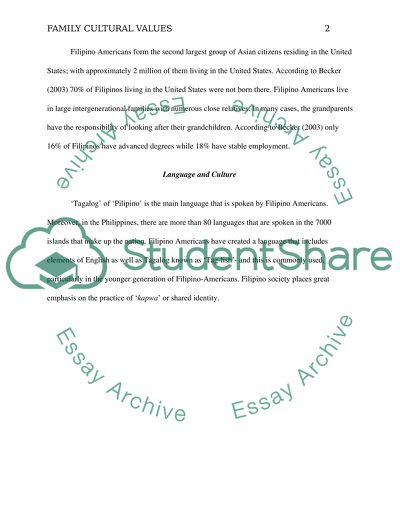Cite this document
(“Family Cultural Values Essay Example | Topics and Well Written Essays - 1750 words”, n.d.)
Retrieved from https://studentshare.org/nursing/1490519-family-cultural-values
Retrieved from https://studentshare.org/nursing/1490519-family-cultural-values
(Family Cultural Values Essay Example | Topics and Well Written Essays - 1750 Words)
https://studentshare.org/nursing/1490519-family-cultural-values.
https://studentshare.org/nursing/1490519-family-cultural-values.
“Family Cultural Values Essay Example | Topics and Well Written Essays - 1750 Words”, n.d. https://studentshare.org/nursing/1490519-family-cultural-values.


